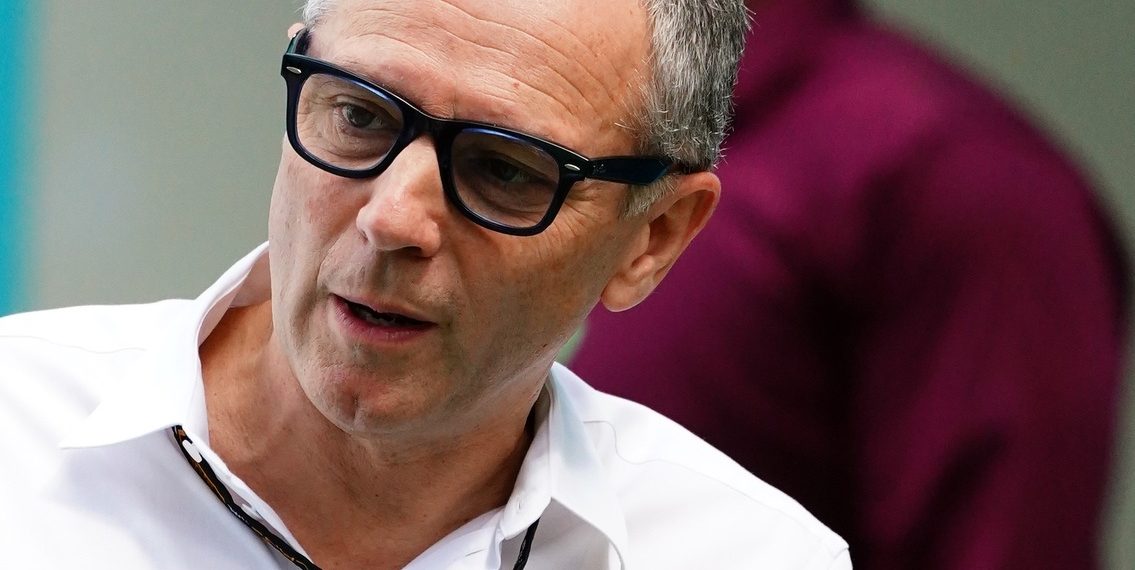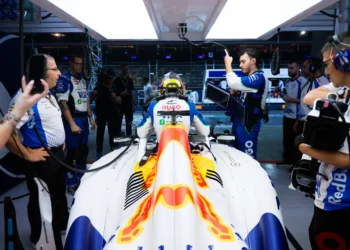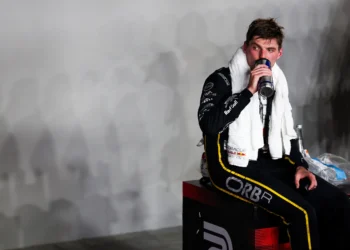Formula 1 is on the brink of another transformative era, with the 2026 regulations set to revolutionize the sport’s technical landscape. While the potential for performance disparity looms, F1 CEO Stefano Domenicali has voiced confidence in the new framework, emphasizing that short-term gaps will eventually yield to competitive convergence.
Key Changes in 2026 Regulations
- Aerodynamics Overhaul:
- Movable aerodynamics at the front and rear.
- Shorter, narrower, and lighter cars aimed at improving efficiency and sustainability.
- Power Unit Evolution:
- Continued use of 1.6-liter turbocharged V6 internal combustion engines (ICE).
- Shift to 100% sustainable fuel.
- Increased reliance on electric power, with a 50/50 power split between ICE and electric components.
Addressing Performance Disparities
New regulations historically disrupt the competitive order, as seen in 2014 when Mercedes dominated the hybrid era, and again in 2022, when Red Bull surged ahead under ground-effect rules. Concerns are growing that 2026 might widen the gap after one of F1’s most competitive seasons in 2024, where seven drivers won multiple races, and four manufacturers claimed victories.
However, Domenicali believes the new rules are designed to foster long-term parity. Speaking to Autosprint, he acknowledged initial disparities but emphasized eventual convergence:
“When there is a new regulation it is always like that. At the beginning, we won’t have this kind of gap [seen in 2024], but the way the F1 2026 regulation is designed, the convergence will come.”
F1’s History of Convergence
Domenicali pointed to past regulatory resets to illustrate how teams eventually close the performance gap:
- 2014 Hybrid Era: Mercedes dominated initially but faced increasing challenges from Ferrari, Red Bull, and others as seasons progressed.
- 2022 Ground Effect Era: Red Bull’s early supremacy was eroded by McLaren, Ferrari, and Mercedes in subsequent seasons, culminating in the ultra-competitive 2024 championship.
F1’s structure, including budget caps and technical limits, aims to expedite this convergence.
The Bigger Picture
Domenicali dismissed concerns of an extended imbalance, urging stakeholders to focus on the broader benefits of the changes:
“Several new constructors are coming in, favoured by these technological changes that serve to keep the evolutionary and positive tension of those who see our formula as a development platform for the future. We need to look at the whole picture and not the detail.”
What to Expect in 2026
- Early Gaps:
As teams navigate the challenges of new aero and power unit regulations, some may gain an early edge, reminiscent of past resets. - New Contenders:
The entry of manufacturers like Audi and potential shifts from existing teams (e.g., Aston Martin’s partnership with Adrian Newey and Honda) will add intrigue. - Convergence Timeline:
History suggests that by 2028, the field could tighten significantly as teams refine their understanding of the regulations.
Conclusion
While the 2026 reset may initially disrupt the competitive balance, F1’s track record and regulatory safeguards suggest a bright future of close racing. Domenicali’s confidence reflects the sport’s commitment to innovation and its ability to adapt, ensuring that F1 remains at the forefront of technological and sporting excellence.













